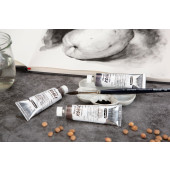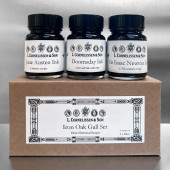Search results for 'Test'
-

Cornelissen Historical Inks, Sir Isaac Newton Ink 30ml
£10.50 -

Schmincke Liquid Charcoal 15 ml
Starting at: £18.30
-

Cornelissen Iron Oak Gall Ink Set
£30.00Call to Order



